
Transit Briefs: CATS, LACMTA, MTA Metro-North, SacRT, TriMet
Written by Marybeth Luczak, Executive Editor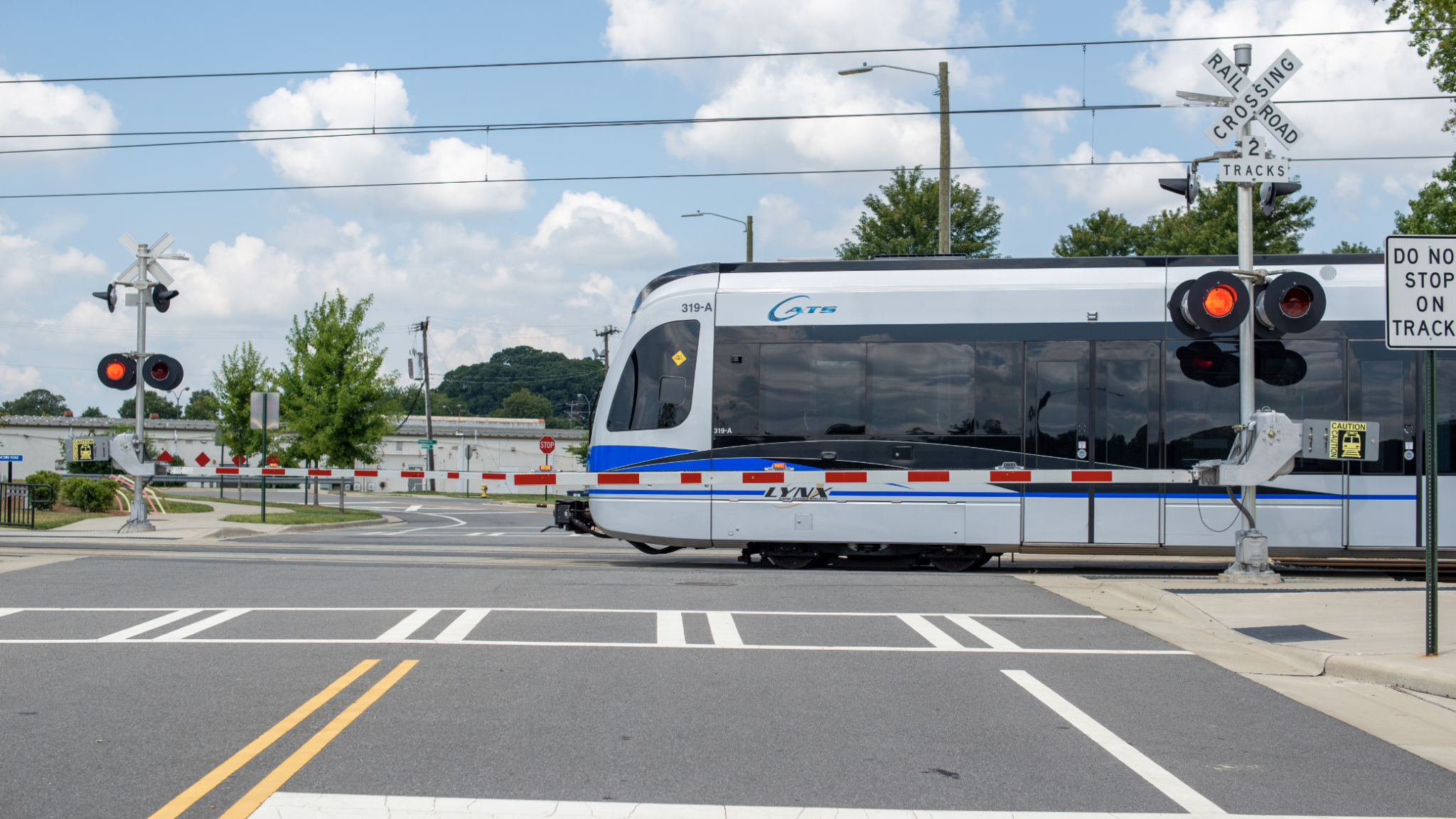
Over the next 12 months, Siemens will add a new bearings monitoring system to all light rail vehicle trucks in the CATS Blue Line fleet, according to WCNC, an NBC affiliate in Charlotte, N.C.
Charlotte Area Transit System (CATS) in North Carolina will add a new bearing monitoring system to its LYNX Blue Line light rail fleet. Also, Los Angeles County Metropolitan Transportation Authority’s (LACMTA) ridership is up 10%, setting a post-pandemic record; service cuts could be coming to MTA Metro-North Railroad’s New Haven (Conn.) Line; Sacramento Regional Transit District (SacRT) in California extends its fare-free rides for youth program; and Tri-County Metropolitan Transportation District of Oregon (TriMet) adopts the coming year’s budget and announces a four-month disruption of the MAX Red Line.
A new bearings monitoring system will be added to all light rail vehicle trucks in the LYNX Blue Line fleet, CATS interim CEO Brent Cagle told the city of Charlotte’s Metropolitan Transit Commission on May 24, according to WCNC, a local NBC affiliate.
Siemens, the LRV manufacturer, will install the system over the next 12 months, WCNC reported. “During this time, Siemens will also swap the bearings on the oldest trucks in the fleet with the highest mileage before moving on to the other vehicle bearings.”
According to the media outlet, “Cagle said the new system is much superior to the heat strips WCNC Charlotte previously learned were installed after Cagle learned about the May 2022 derailment. Heat strips help detect when a bearing could be close to failure, whereas the new system will be able to detect any issues with bearings ‘on the front end.’”
According WCNC, the May 2022 light rail train derailment occurred when “a wheel axle seized and the train’s wheel stopped spinning,” which was due in part to “a bearing that overheated.”
“Cagle has said it was a relatively minor incident but that repairs need to be made to all 42 light rail cars to prevent another derailment,” the media outlet reported.
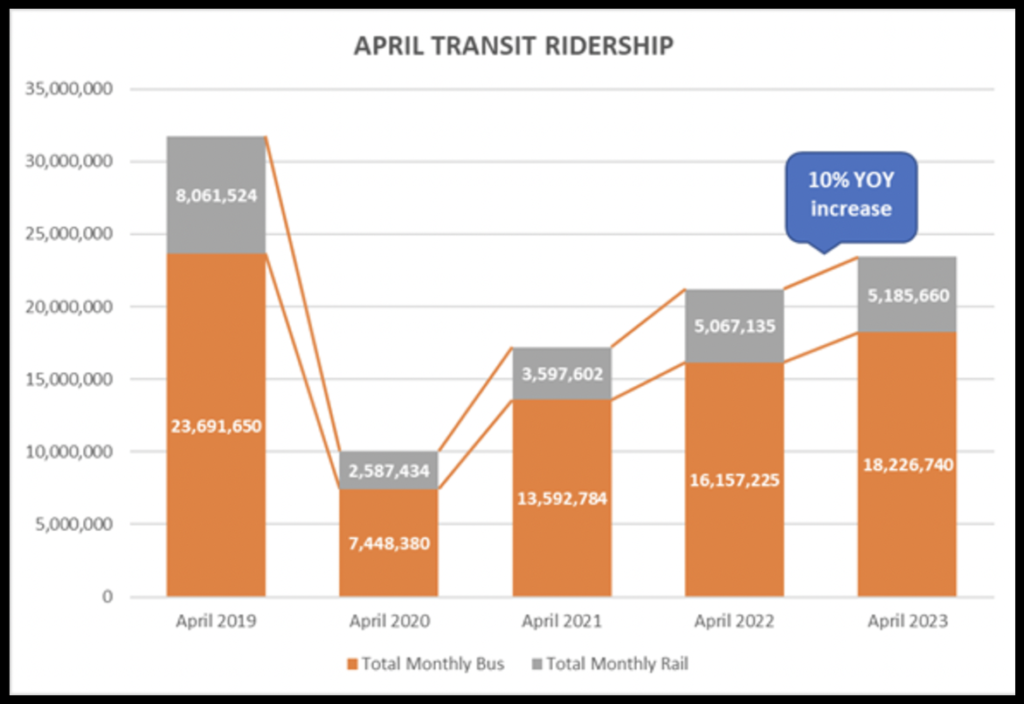
LACMTA on May 24 reported delivering more than 23.4 million rides in April, averaging about 880,000 weekday riders on its rail, bus and microtransit system. Total system ridership was up 10% over April 2022—the highest ridership level recorded since the onset of the pandemic in March 2020, the agency said.
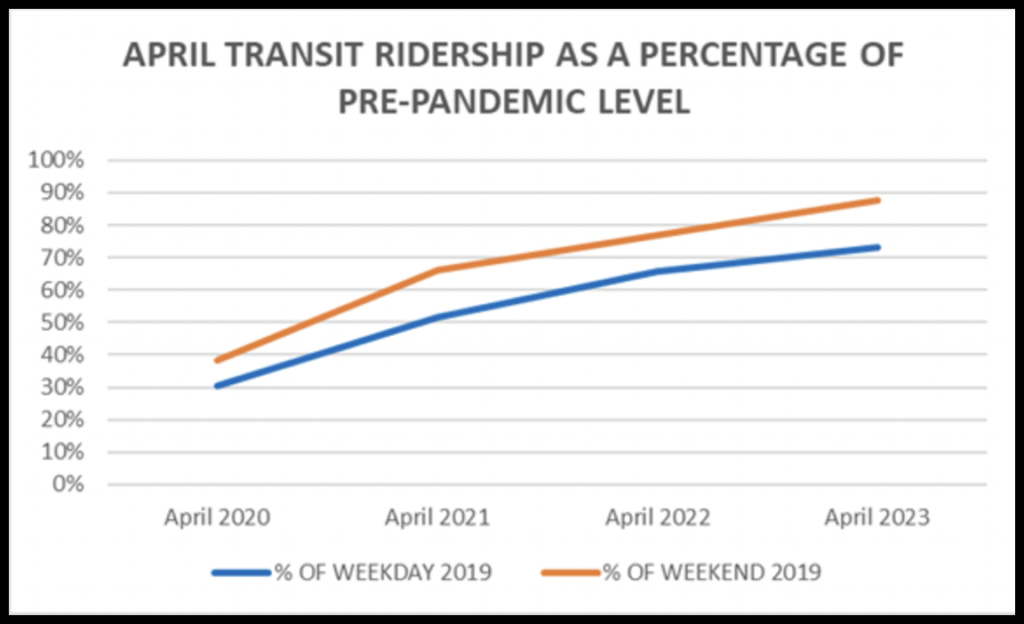
More than 18.2 million rides were delivered via bus during the month, along with almost 5.2 million rides via rail. According to LACMTA, weekend ridership in April was up 14% year-over-year and reached 88% of April 2019’s pre-pandemic level.
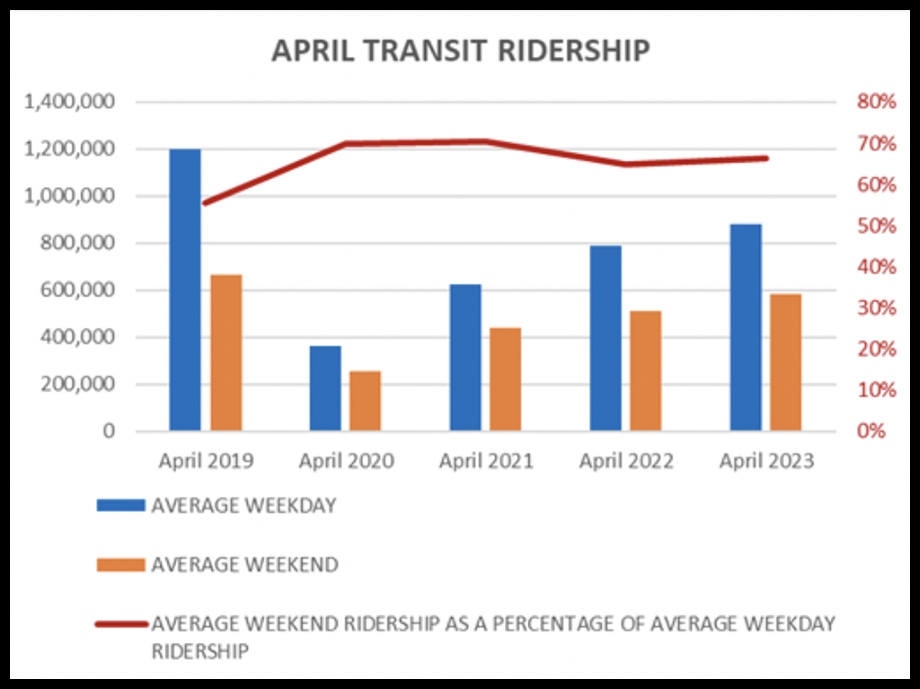
“While remote work continues to depress our weekday ridership, I’m pleased that we’ve recovered nearly 90% of our pre-pandemic ridership on the weekends,” LACMTA CEO Stephanie Wiggins said. “People are continuing to choose Metro [LACMTA] for their weekend activities because it is fast, frequent, safe, and gets them to where they want and need to go. There’s a lot more to do to bring more riders back to transit, but we’re encouraged by the fact that our ridership numbers continue to trend upward.”
Service reductions, including during peak hours, may be coming to MTA Metro-North’s commuter rail line in New Haven, according to a Bloomberg report.
“The MTA’s 2023 budget includes a $267 million subsidy payment from Connecticut’s Department of Transportation to help cover some of the costs for operating the New Haven Line,” the media outlet said. “Connecticut lawmakers are mulling whether to reduce that by $38 million.”
“That would mean service would need to decline by about 15%,” Metro-North President Cathy Rinaldi told the MTA Board on May 24, according to Bloomberg. “MTA officials are in contact with their counterparts in Connecticut to help resolve the issue, she said. The MTA needs to follow New York Governor Kathy Hochul’s directive to not reduce service after state lawmakers last month agreed to increase funding for the transit provider to fix projected budget gaps, Rinaldi said.”
MTA data shows that for the first three months of 2023, the New Haven Line served 6.3 million riders, according to Bloomberg, which noted this was almost 50% more than the prior-year period; overall Metro-North ridership for the period was down some 35% from pre-pandemic levels.
“CTDOT is working in consultation with MTA’s Metro-North to analyze current ridership patterns and possible schedule adjustments to reflect available funding,” Josh Morgan, a Connecticut Department of Transportation spokesman, wrote in an email to Bloomberg.
“A spokesman for [Connecticut] Governor Ned Lamont said lawmakers are negotiating the state budget and hope to announce an agreement soon,” Bloomberg reported.
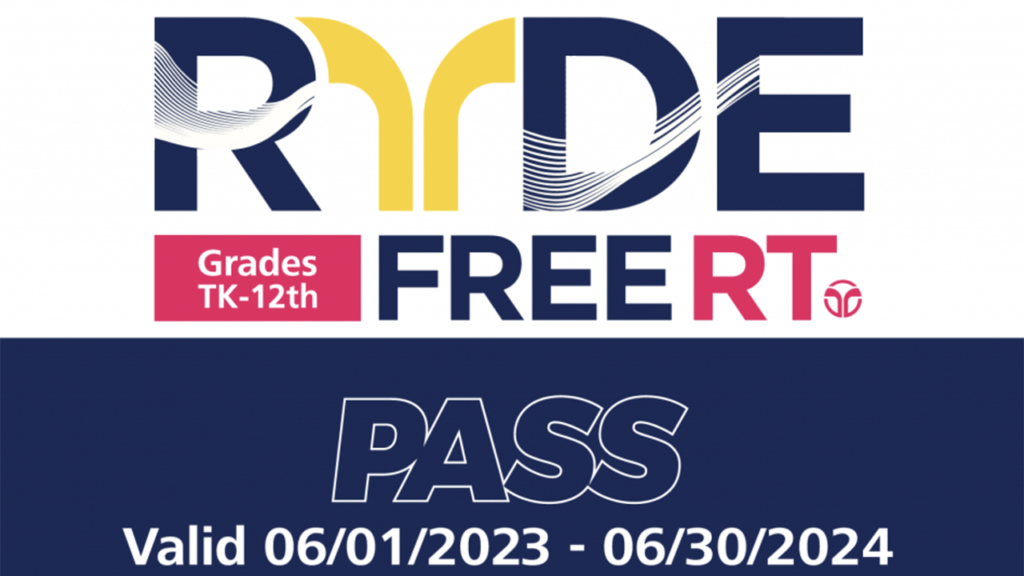
SacRT on May 24 reported that its fare-free rides for youth program, RydeFreeRT, is entering its fourth year. Implemented in 2019, the program allows all 265,000 youth living in the SacRT service area—from transitional kindergarten to 12th grade, including home-schooled students, and foster and unhoused youth—to ride free on all buses and light rail trains. Student/youth rides now account for 25% of SacRT ridership vs. 8% pre-launch, according to the transit agency.
The RydeFreeRT program is funded by all member jurisdictions of SacRT: the cities of Sacramento, Citrus Heights, Elk Grove, Folsom, and Rancho Cordova, and the county of Sacramento.
The program initially aimed to reduce truancy and absenteeism in schools, according to SacRT. “However, a study by the University of Texas, which evaluated the program, also found that RydeFreeRT not only improved school attendance and reduced congestion from vehicle pick-up lines, it also successfully reduced the transportation barrier to get to jobs, internships and extracurricular activities after school and on weekends,” the transit agency noted.
“We’re introducing a new generation of riders to transit,” SacRT General Manager/CEO Henry Li said. “Research shows that people who ride public transportation at a young age are more likely to use it as adults, building ridership for life.”
The TriMet Board of Directors on May 24 adopted the agency’s FY2024 budget, which covers July 1, 2023 through June 30, 2024. The agency said it includes $825.4 million in day-to-day operating expenses and $328.3 million in capital and operating projects. Along with those expenses and other financial requirements, TriMet reported that the budget totals $1.93 billion. It also incorporates a Board-approved fare increase—TriMet’s first to its Adult fare in more than a 10 years. It takes effect Jan. 1, 2024. Monthly fare caps will not rise. The move is expected “to increase the revenue TriMet collects from fares by $5.3 million dollars annually, but that amount is expected to increase as service expands and ridership rebounds,” TriMet reported.
The FY2024 budget was reviewed and approved by Multnomah County’s Tax Supervising and Conservation Committee (TSCC), in accordance with Oregon budget law. Following the TSCC’s review, TriMet said it made adjustments totaling $10.6 million, based on updated, actual data, revenue and expenditure projections; the amount, which falls within limits allowed by the law, increased the total value of the budget to $1.93 billion.
According to TriMet, the FY2024 budget lays out support for priorities under four main categories:
- Transit Service: “In addition to maintaining current levels of service across our 533-square [bus] service district, TriMet plans to begin restoring service hours that were cut in 2021, due to ridership declines from the COVID-19 pandemic, and in 2022, due to our historic operator shortage,” the agency reported. “We will implement the first bulk package of Forward Together service improvements in the fall and winter of 2023 and spring of 2024. Riders will see an overall increase in service hours of about 7%, which will result in Frequent Service upgrades, where buses arrive every 15 minutes or better; more weekend service; and service to new areas within our district.”
- Capital Investments: TriMet said it plans to complete “most of the remaining construction for our ‘A Better Red’ MAX Extension and Reliability Project during FY2024. Once finished, the project will improve reliability of the entire MAX system, by adding new sections of track to alleviate choke points and extending the MAX Red Line to Hillsboro/Fair Complex, which will give more people a one-seat ride to Portland International Airport and provide more service in Hillsboro.”
- Electrification: TriMet said it will accept delivery of 24 new battery-electric buses in FY2024. “The buses make up our first bulk purchase of electric vehicles since adopting our plan to fully transition to a zero-emissions bus fleet by 2040,” the agency said. “In addition to buying battery-electric buses, electrification requires significant investments in infrastructure and training to charge and maintain the buses.”
- Transit Equity, Inclusion and Community Affairs: “Since TriMet opened our reduced fare to riders who qualify based on income in 2018, more than 50,000 have signed up to ride for significantly less,” the agency reported. “The Honored Citizen reduced fare, which is also open to seniors age 65-plus, people on Medicare and people with disabilities, cuts the cost of riding monthly and annually by as much as 72%. TriMet’s FY2024 budget continues to support riders who are struggling financially through our Access Transit Program, which works with local nonprofits and organizations to get free and reduced fares to riders who need them.”
TriMet on May 24 also announced that between June 18 and Oct. 21, MAX Red Line stations between Gateway Transit Center and Portland International Airport will be closed, allowing crews to access TriMet right-of-way and perform major construction for its “A Better Red” MAX Extension and Reliability Improvements Project. Shuttle buses will replace Red Line trains and serve closed stations. See video above.
The agency said it is rolling past the 65% mark for project construction, and the four-month shutdown will allow it to build about one-half mile of second track and to demolish and reconstruct the Portland International Airport platform.



